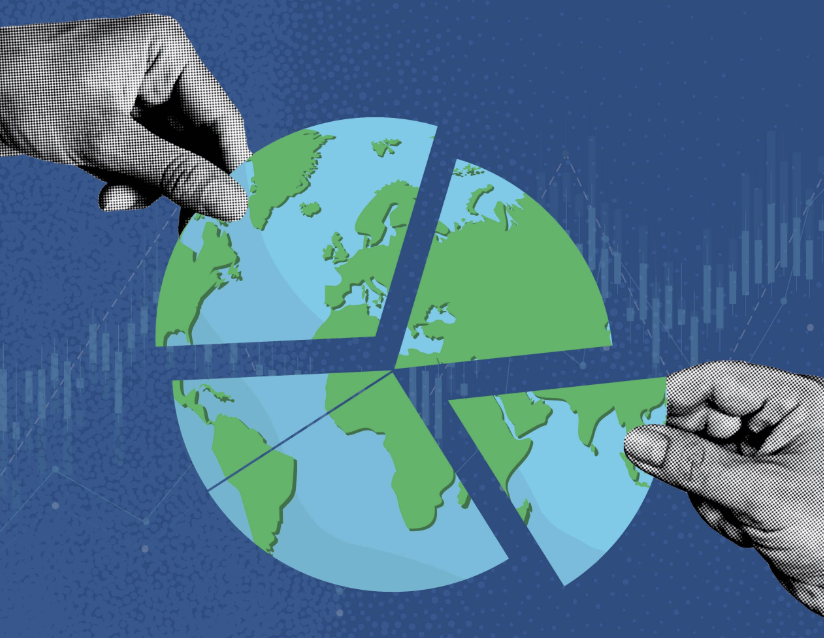
The global economy faces mounting challenges as trade conflicts intensify and policy uncertainties persist, according to recent analyses by leading economic institutions.
The Organisation for Economic Co-operation and Development (OECD) has revised its global growth forecast downward to 3.1% for 2025, citing heightened trade barriers and increased policy uncertainty that are dampening investment and household spending. Similarly, the United Nations projects subdued global growth, highlighting that low-income and vulnerable countries are particularly at risk due to fragile economic conditions.
In the United States, the implementation of sweeping tariffs under President Donald Trump’s administration has led to significant market volatility. The «Liberation Day» tariffs, announced on April 2, 2025, imposed a blanket 10% duty on all imports, with additional tariffs targeting specific countries. These measures have prompted retaliatory actions from trade partners and have raised concerns about inflation and economic growth.
The stock market experienced notable fluctuations in May, with the S&P 500 posting its best month since November 2023, rising by 6.2%. However, analysts warn that ongoing trade disputes and labor market concerns could undermine investor confidence in the coming months.
In Europe, the economy continues to lag behind the United States and China in technological innovation and productivity. Structural challenges, including fragmented markets and limited venture capital, have hindered the growth of major tech firms, contributing to a widening economic divide.
Meanwhile, the Reserve Bank of India is expected to cut interest rates for the third consecutive time, aiming to stimulate demand amid declining inflationary pressures. India’s economy is expanding at a pace surpassing expectations, but weaknesses in consumer spending remain a concern.
As global economic uncertainties persist, policymakers and investors are closely monitoring developments in trade policies, inflation trends, and central bank actions to navigate the complex economic landscape.


